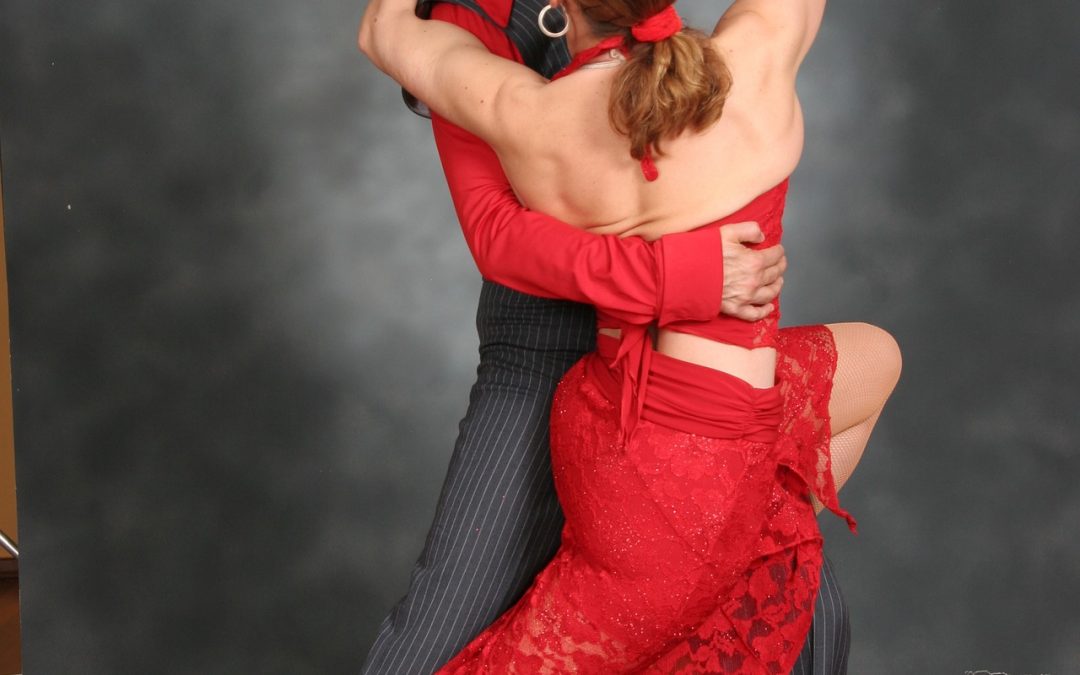I bet that somewhere, someplace you must have seen a unique style of dancing. Well, here I am talking about “Salsa”. Salsa is a dance that is constantly evolving, and over the last thirty years, it has diversified into a number of different styles, with influences including West Coast Swing, Latin Hustle, Ballroom, Jazz and even Hip Hop. The history of salsa dance stretches back almost a century to the island of Cuba. Today it is a worldwide phenomenon thrilling both club dancers and professional competitors twisting with “Cuban motion” for millions of fans. The roots of salsa are spreads all around the world but it is very famous in Cuba, Puerto Rico, Colombia, and Cambridge. Salsa is full of fiery, fun, romantic, sexy, flirtatious and one of today’s most popular dance styles! The reason behind this is that dancing lessons are becoming more available to most of us and we have a lot more options to learn the basic steps of various dances from different corners of the world. If you are in Cambridge then you are very lucky as there are many places where you can learn Salsa professionally. Salsa is a great opportunity for beginners to be introduced into the world of dancing. Don’t waste another moment. Grab a pair of comfy shoes and run to the dance studio closest to your home in Cambridge.
The origins of salsa date back to the 1900s in Eastern Cuba, where musical elements and rhythms from various styles were combined. Cuban son and Afro-Cuban rumba, the two main styles, used diverse musical instruments to create the basis of a rhythm that would later become known as salsa. Variety of cultures in Cambridge contributes to the vast diversity of styles in salsa. The musical instruments in salsa also changed from style to style. There are mixes of instruments used in each regional style. The most common instruments used in salsa are bongos, congas, timbales, maracas, and cowbells. The trumpet, trombone, flute, and saxophone are brass instruments commonly used. Among the string instruments, we see the bass guitar, guitar, piano, violin, and electric guitar. The influence of salsa grew rapidly to become popular all over Latin America and within Hispanic communities worldwide.
Fania Records – a small music studio in New York – reshaped Cuban music to match the tastes of Latin New York, and called the sound “Salsa.” Rise and jump to fame of salsa happened when Fania Records take it to the next level. It was established in 1964 by musician Johnny Pacheco and Italian-American lawyer Jerry Masucci. They became extremely famous, producing one hit after another and promoted a new style of music with many unique steps of dancing. Those artists who signed with this label are now regarded as legends of salsa, particularly the team of ”Fania All-Stars”. Celebrities such as Celia Cruz, Hector Lavoe, Cheo Feliciano, and Rubén Blades were part of this group. Salsa music is a mix of different Caribbean rhythms and instruments; that diversity provides its unique sound. Salsa dance has similarly evolved and adapted over the years to better suit the tastes of different localities, leading to the creation of different regional styles of salsa.
American soldiers were the first U.S. citizens who became aware of Salsa during the Cuban War of 1898. In 1909, first radio recordings of what would be later known as Salsa came out of Cuba. Some salsa styles are fast, almost frenetic, with whirling partner moves, while others seem more relaxed and sensual with elements of Argentine tango or slow rhumba in them. The music of salsa is distinctive; the moves are often derivative of other partner dances such as the tango, the mambo, the rhumba, or even swing dance techniques. Salsa is usually a partnered dance with a lead and follow, dancing using improvisation of various movement combinations. Many popular dances of today that are associated with Latin America were largely developed in social spheres, in an organized fashion, and with professional musicians providing the beat.
The dance videos through sites such as YouTube, daily motion, more and more people are learning and enjoying salsa without any problem. They are also adding their own styles into the form, such as hip hop and middle-eastern dance. Salsa is a vibrant and growing part of the world’s dance culture. On the path to becoming the spectators of the dance enjoy in competitions and ballrooms today, these earliest ritualistic dances would be influenced by many different European and African styles, both in movement and in music. Not only in Cambridge but the whole world is enjoying Salsa through various platforms. It is very easy to learn and spread. Learning Latin dance steps is a fun activity, leading to hours and hours of social fun. Whether you have a partner or not, Latin dancing is a great social activity. Cambridge is so popular for the Salsa and if you are in Cambridge then just give it a try as it full of fun and energy.

